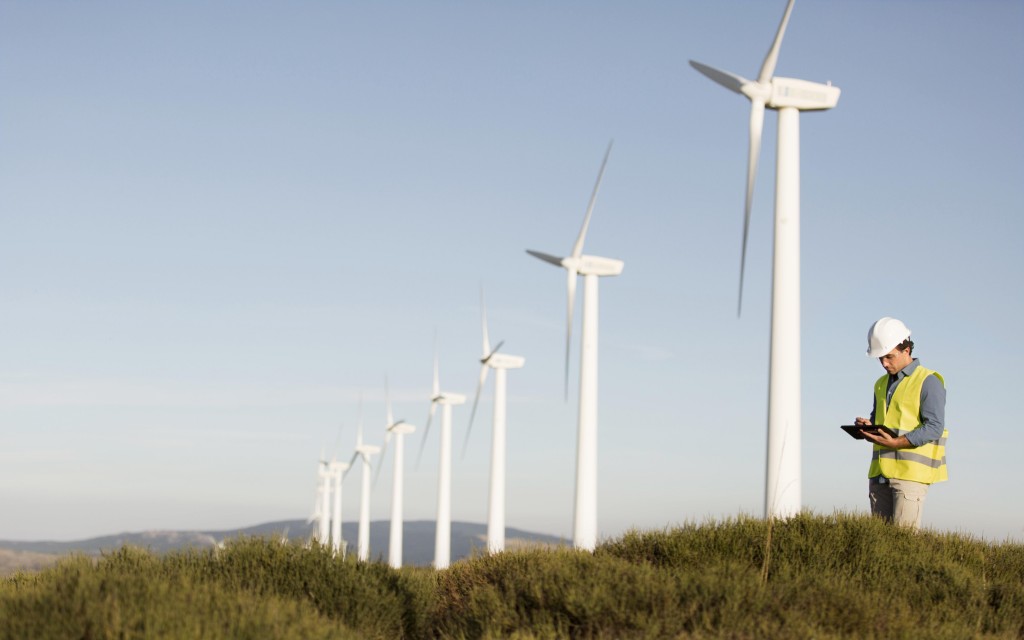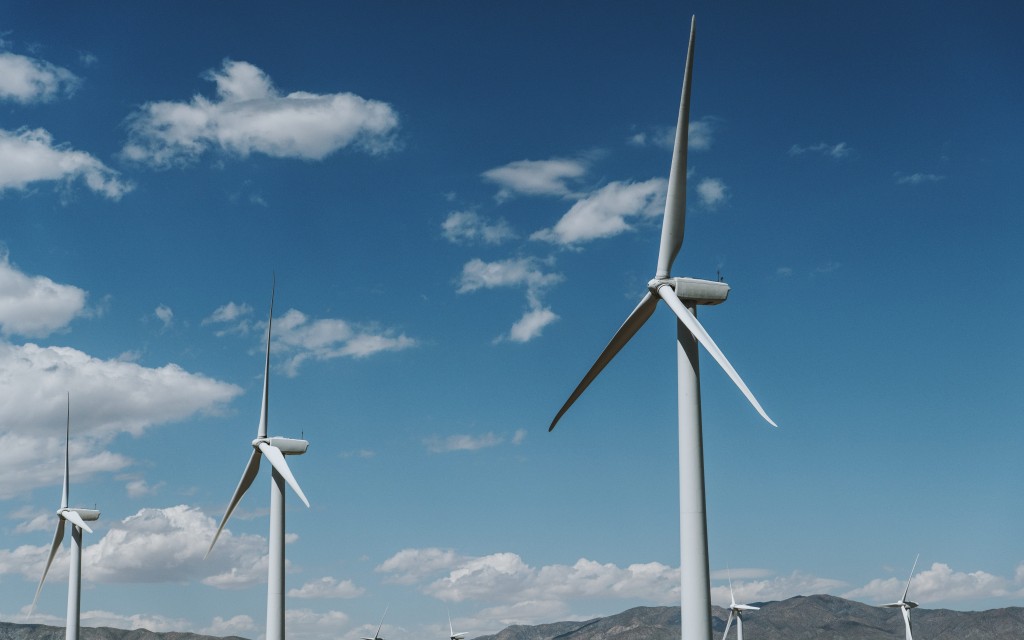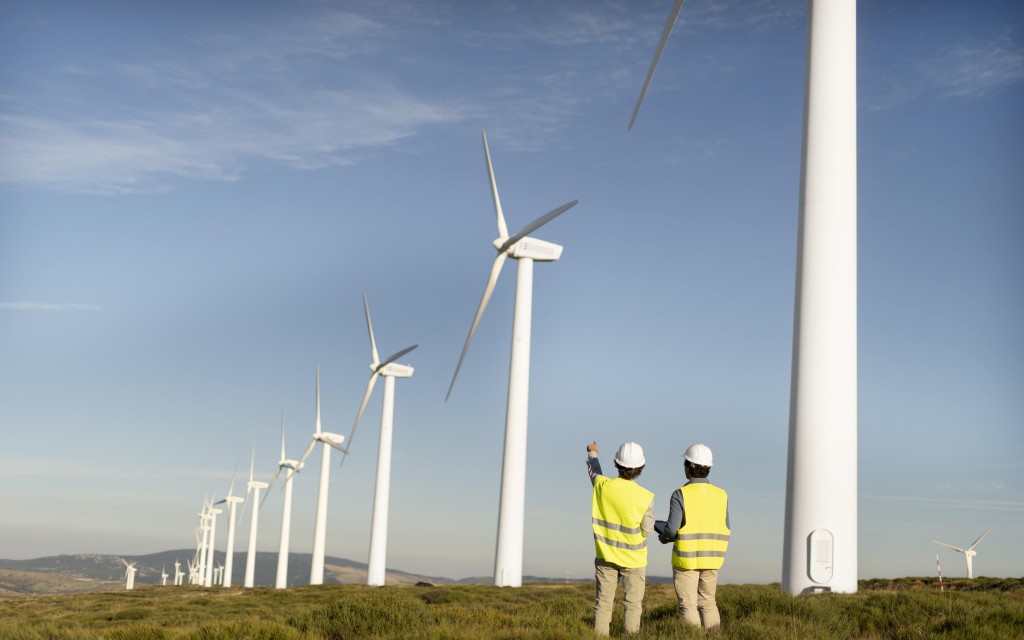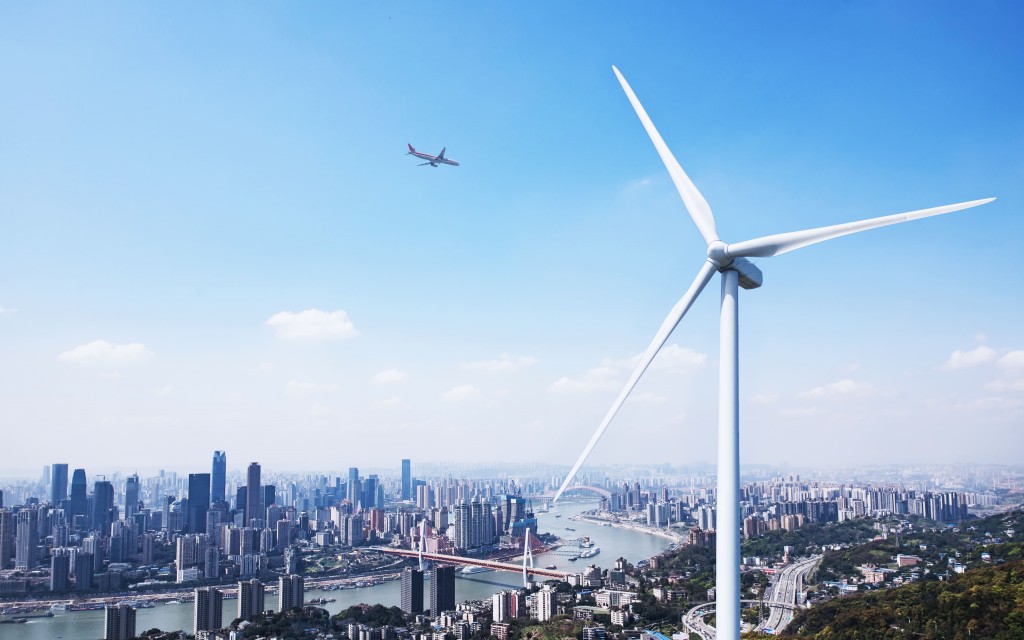Breaking Down the Numbers: What Factors Influence the Cost of Wind Turbines?
In today's rapidly evolving energy landscape, wind power has emerged as a leading source of renewable energy. As the demand for clean and sustainable energy continues to grow, the cost of wind turbines has become a crucial factor to consider. Understanding the factors that influence the cost of wind turbines is essential for both industry professionals and policymakers alike. From the size and capacity of the turbine to the location and installation process, a multitude of variables come into play. In this article, we will delve into the key factors that contribute to the overall cost of wind turbines, providing you with a comprehensive breakdown of the numbers. So, whether you're an investor looking to tap into the wind energy market or simply curious about the economics behind this green technology, join us as we explore the fascinating world of wind turbine costs.
Factors Affecting the Cost of Wind Turbines
When it comes to determining the cost of wind turbines, several factors come into play. Understanding these factors is crucial for evaluating the economic viability of wind energy projects. Let's take a closer look at each of these factors:
Wind Turbine Size and Capacity
The size and capacity of a wind turbine have a significant impact on its cost. Generally, larger turbines with higher capacities tend to be more expensive. This is because the materials used in their construction, such as steel and fiberglass, are more costly. Additionally, larger turbines require more robust foundations and support structures, increasing installation and maintenance expenses. However, larger turbines also have the advantage of higher energy production, making them more cost-effective in the long run.
Location and Site Conditions
The location and site conditions play a vital role in determining the cost of wind turbines. Wind resource availability is a key consideration when selecting a site for a wind farm. Areas with high wind speeds are ideal for wind energy production but may require more expensive turbine designs to withstand the harsh conditions. Additionally, the accessibility of the site and proximity to transmission lines can impact installation and grid connection costs.
Wind Turbine Technology and Design
Advancements in wind turbine technology and design have contributed to cost reductions in recent years. Innovations such as taller towers, longer blades, and improved aerodynamics have increased energy output and efficiency, resulting in lower overall costs. Additionally, the use of advanced materials and manufacturing techniques has made wind turbines more durable and cost-effective. However, these technological advancements often come with higher upfront costs, which must be weighed against long-term savings.
Maintenance and Operation Costs
The maintenance and operation costs of wind turbines can significantly impact their overall cost. Regular maintenance and inspections are necessary to ensure optimal performance and prolong the lifespan of the turbines. Factors such as the accessibility of the turbines, availability of spare parts, and the complexity of maintenance activities can influence these costs. Additionally, operational expenses, including monitoring systems, staff training, and administrative overheads, should be considered when evaluating the total cost of ownership of wind turbines.
Government Incentives and Subsidies
Government incentives and subsidies play a crucial role in making wind energy more economically viable. These financial incentives can include tax credits, grants, feed-in tariffs, and renewable energy certificates. The availability and magnitude of these incentives vary from country to country, and even within different regions. By reducing the upfront costs and providing long-term revenue certainty, government support can significantly impact the cost-effectiveness of wind turbine projects.
Financial Considerations for Wind Turbine Projects
When evaluating the cost of wind turbines, various financial considerations come into play. These include capital costs, financing options, return on investment, and project financing models. Capital costs encompass the purchase and installation of the turbines, as well as associated infrastructure. Financing options, such as loans or lease agreements, can help spread out the upfront costs over an extended period. Return on investment calculations take into account factors like energy production, operational costs, and revenue generation. Different project financing models, such as power purchase agreements or joint ventures, can also impact the overall cost and financial viability of wind turbine projects.

Case Studies: Example of Wind Turbine Cost
To gain a better understanding of wind turbine costs, let's explore some real-world examples:
- **Case Study 1: Onshore Wind Farm in Germany**
- Location: Northern Germany
- Turbine Capacity: 3 MW
- Number of Turbines: 20
- Total Project Cost: $25 million
- Estimated Energy Production: 35 GWh/year
- Payback Period: 7 years
- **Case Study 2: Offshore Wind Farm in the United Kingdom**
- Location: North Sea
- Turbine Capacity: 8 MW
- Number of Turbines: 100
- Total Project Cost: $1.5 billion
- Estimated Energy Production: 3 TWh/year
- Payback Period: 10 years
These case studies highlight the range of costs associated with wind turbine projects. Variables such as location, turbine capacity, and project scale can significantly impact the total investment required.

Conclusion: Is Investing in Wind Turbines Worth It?
As we've explored in this article, several factors influence the cost of wind turbines. From the size and capacity of the turbine to location, technology, and maintenance costs, each variable plays a vital role in determining the overall investment required. While the upfront costs of wind turbines may seem significant, they are often offset by long-term savings and revenue generation. With advancements in technology and government support, wind energy has become increasingly competitive with traditional energy sources. Investing in wind turbines can not only contribute to a greener and more sustainable future but also prove to be a financially viable option in the long run. As the demand for clean energy continues to rise, understanding the economics behind wind turbine costs is paramount for both industry professionals and policymakers alike.
So, whether you're considering investing in wind energy or simply curious about the financial aspects of this green technology, remember that the numbers tell a compelling story. Wind turbines offer not only clean and sustainable energy but also a promising investment opportunity in the transition towards a greener future.

This 3000-word blog article provides a comprehensive breakdown of the factors influencing the cost of wind turbines. By exploring variables such as turbine size and capacity, location and site conditions, technology and design, maintenance and operation costs, government incentives and subsidies, and financial considerations, readers gain valuable insights into the economics of wind energy. Real-world case studies further illustrate the range of wind turbine costs and demonstrate the potential return on investment. The article concludes with the assertion that investing in wind turbines is both environmentally and financially advantageous, positioning wind energy as a key player in the global transition to a sustainable future.
